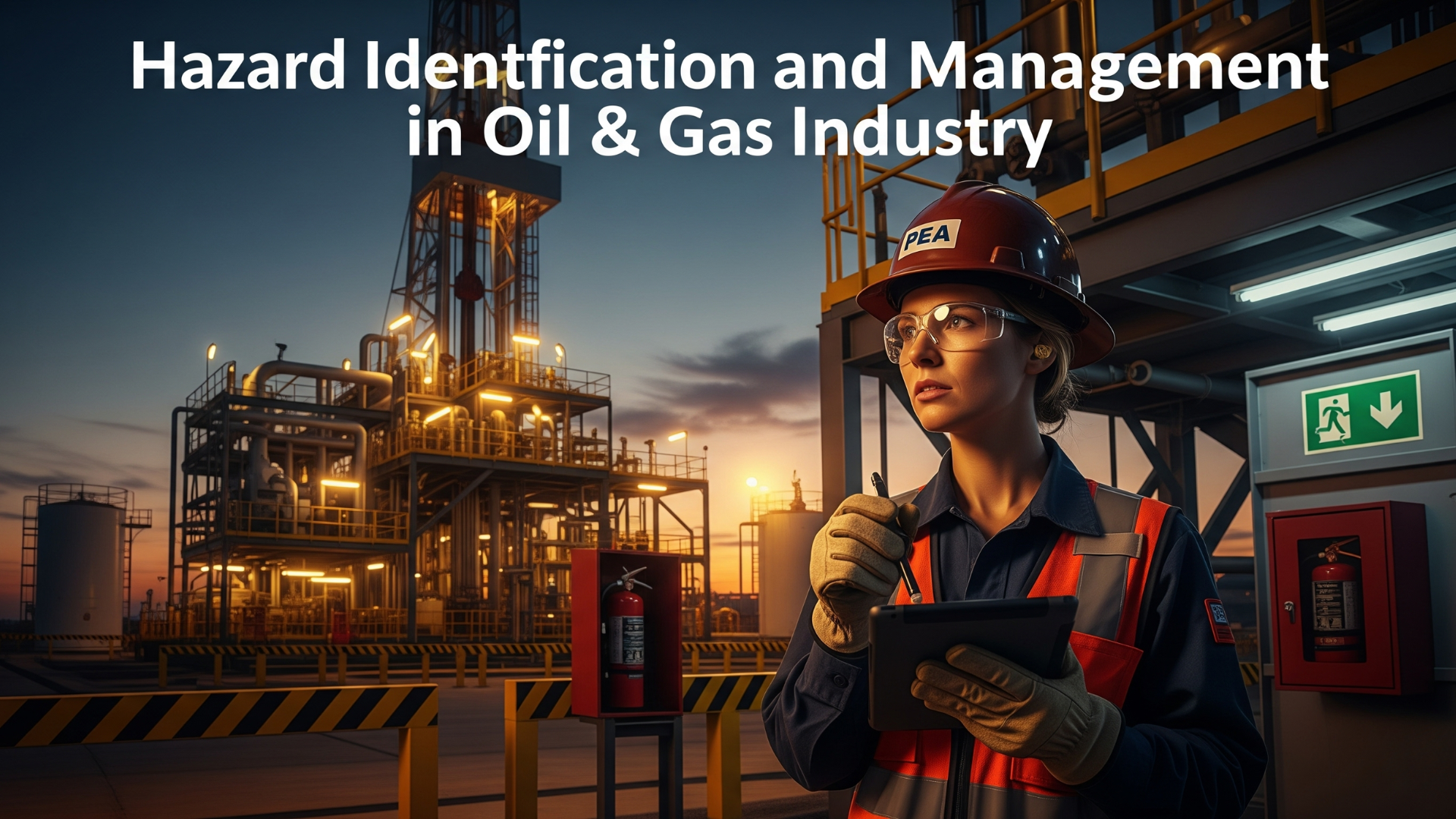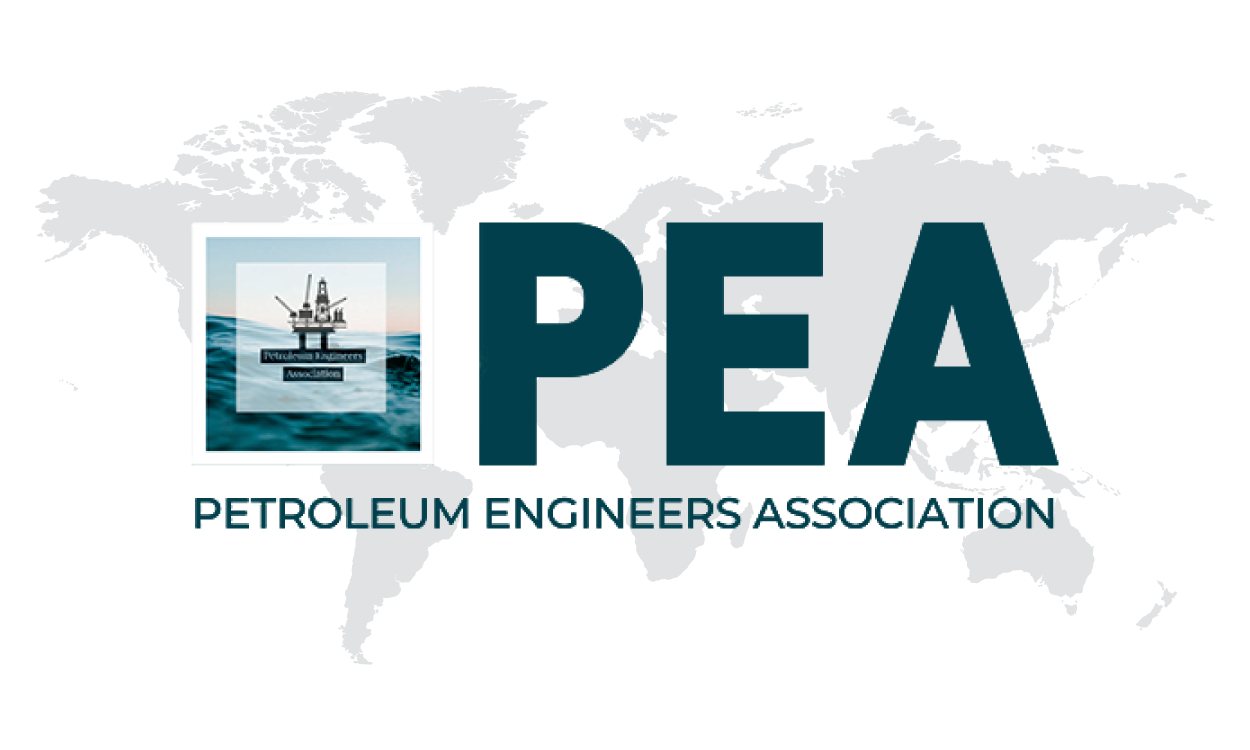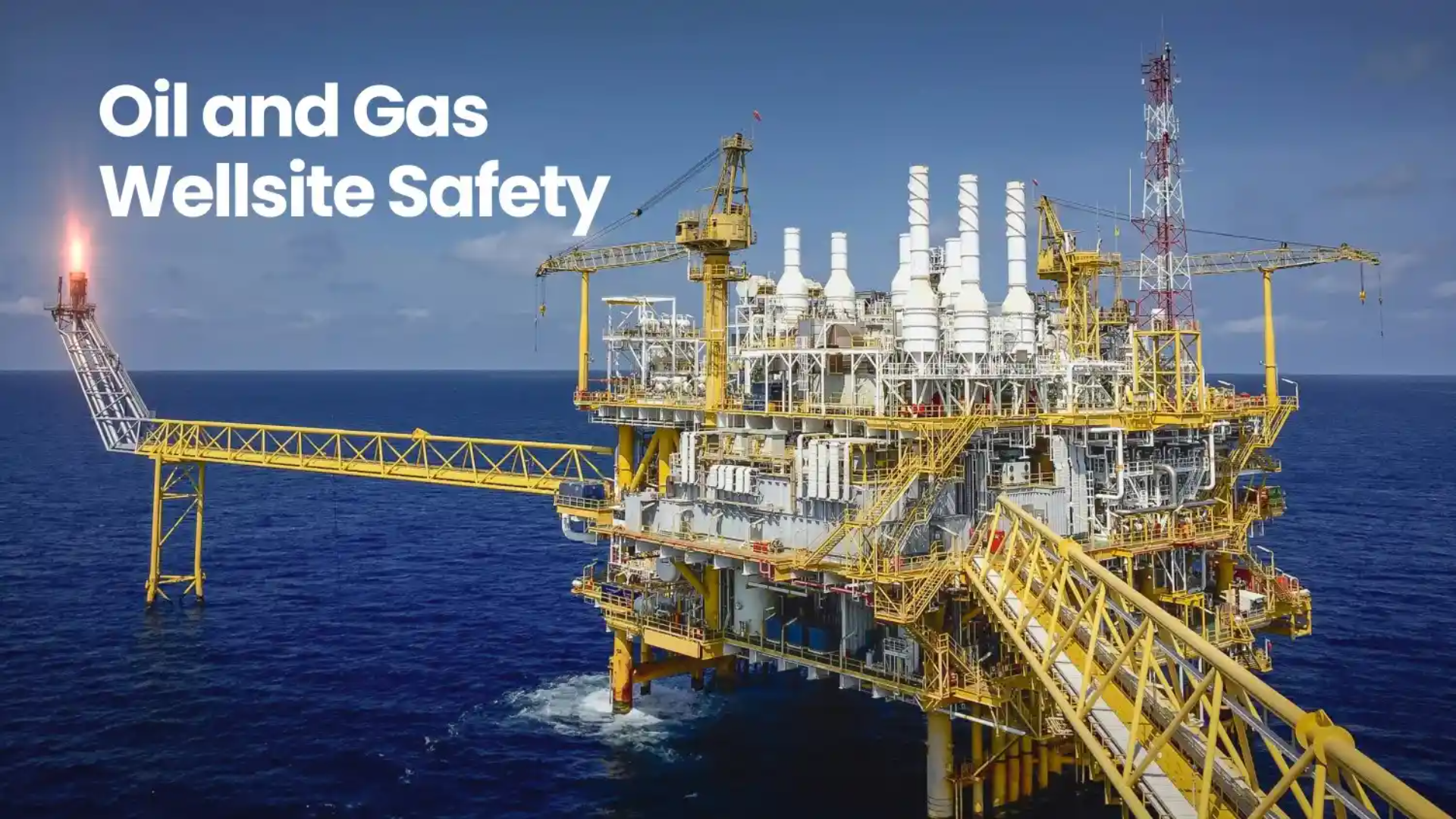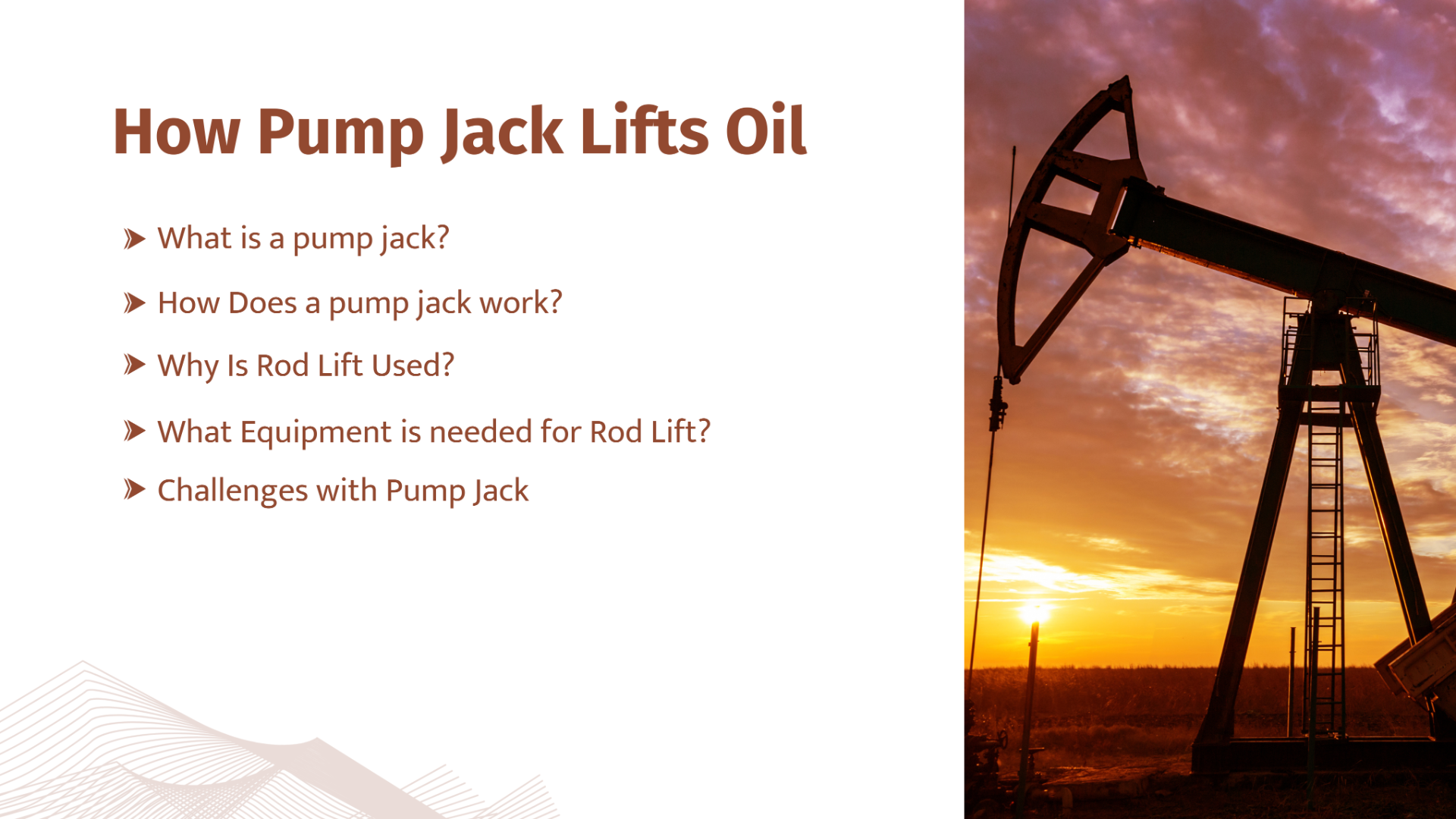
Understanding Hazards and Risks
In Oil and Gas it is important to distinguish between hazards and risks. A hazard refers to a potential source of harm or adverse health effects, such as exposure to toxic chemicals or the presence of flammable gases. In contrast, risk measures the likelihood and severity of harm arising from these hazards, such as the probability of an explosion from a gas leak and the potential injuries that could ensue.
The two concepts are related but distinct. For instance, in the oil and gas industry, hazards include toxic chemicals, high-pressure systems, and flammable gases, while risks involve assessing the likelihood of a fire, explosion, or health issue and its potential impact.
Common Hazards and Associated Risks
Physical Hazards and Risks
The oil and gas sector is rife with physical dangers, often manifesting as fire, explosions, slips, trips, falls, and accidents involving heavy machinery or confined spaces. These incidents have caused some of the most devastating disasters in the industry's history.
- Fire and Explosions: These are some of the most catastrophic hazards, leading to severe injuries, fatalities, property damage, and significant operational disruptions. The 2010 Deepwater Horizon explosion serves as a prime example, where an uncontrolled release of hydrocarbons led to a massive fire, causing multiple fatalities, environmental damage, and financial losses.
- Slips, Trips, and Falls: Workers are frequently exposed to slippery surfaces, especially on oil rigs, leading to serious injuries such as fractures, sprains, and head trauma.
- Heavy Machinery: The improper handling or maintenance of machinery can result in crush injuries, amputations, or even fatalities. Maintenance protocols are critical to preventing these incidents.
Chemical Hazards and Risks
The handling of hazardous chemicals is an integral part of oil and gas operations, but it carries substantial risks, such as exposure to toxic gases, leaks, and spills.
- Exposure to Hazardous Chemicals: Workers may suffer from acute and chronic health conditions, including respiratory problems and skin disorders, due to exposure to chemicals used in drilling, extraction, and processing.
- Leaks and Spills: Accidental releases of oil, gas, or chemicals can contaminate the environment, harm workers’ health, and result in costly cleanup operations.
- Inhalation of Toxic Gases: Immediate health risks, such as asphyxiation or long-term respiratory issues, are often caused by inhalation of toxic gases like hydrogen sulfide (H₂S).
A historic example of a chemical hazard is the 1984 Bhopal Gas Tragedy in India, where the accidental release of methyl isocyanate gas from a storage tank led to over 3,000 deaths and long-term environmental contamination.
Ergonomic Hazards and Hazards
The physically demanding nature of oil and gas operations makes ergonomic hazards a significant concern.
- Repetitive Motion: Repetitive tasks, awkward postures, and the physical strains of oil and gas work contribute to musculoskeletal injuries, reducing productivity and endangering worker health.
- Musculoskeletal Strain: Heavy lifting and work in confined spaces often result in long-term musculoskeletal disorders, further impacting the health and efficiency of workers.
Psychosocial Hazards and Risk
Psychosocial hazards arise from the high-pressure environment, remote working conditions, and long shifts that characterize the oil and gas industry.
- Stress: Workers frequently operate under intense pressure, leading to stress-related mental health issues. Stress can diminish job performance and increase the likelihood of accidents.
- Long Working Hours: Fatigue, resulting from extended work hours or shift work, reduces alertness, heightening the risk of accidents.





Leave a comment on this Blog/Article.